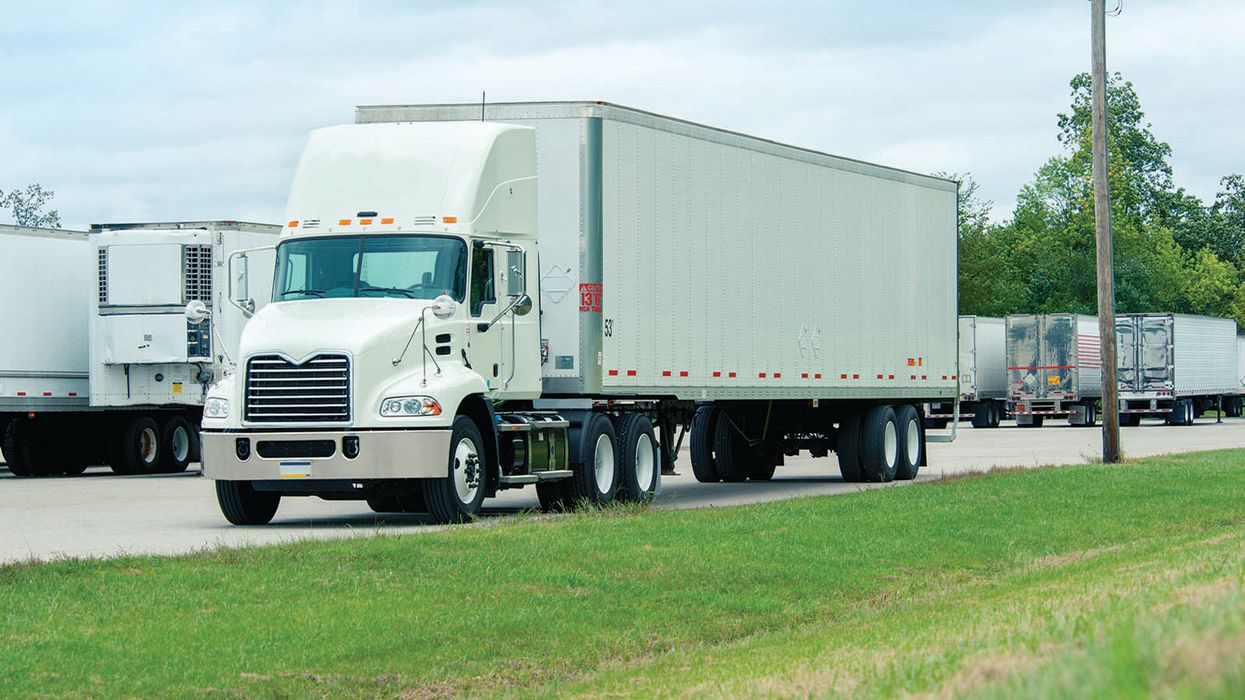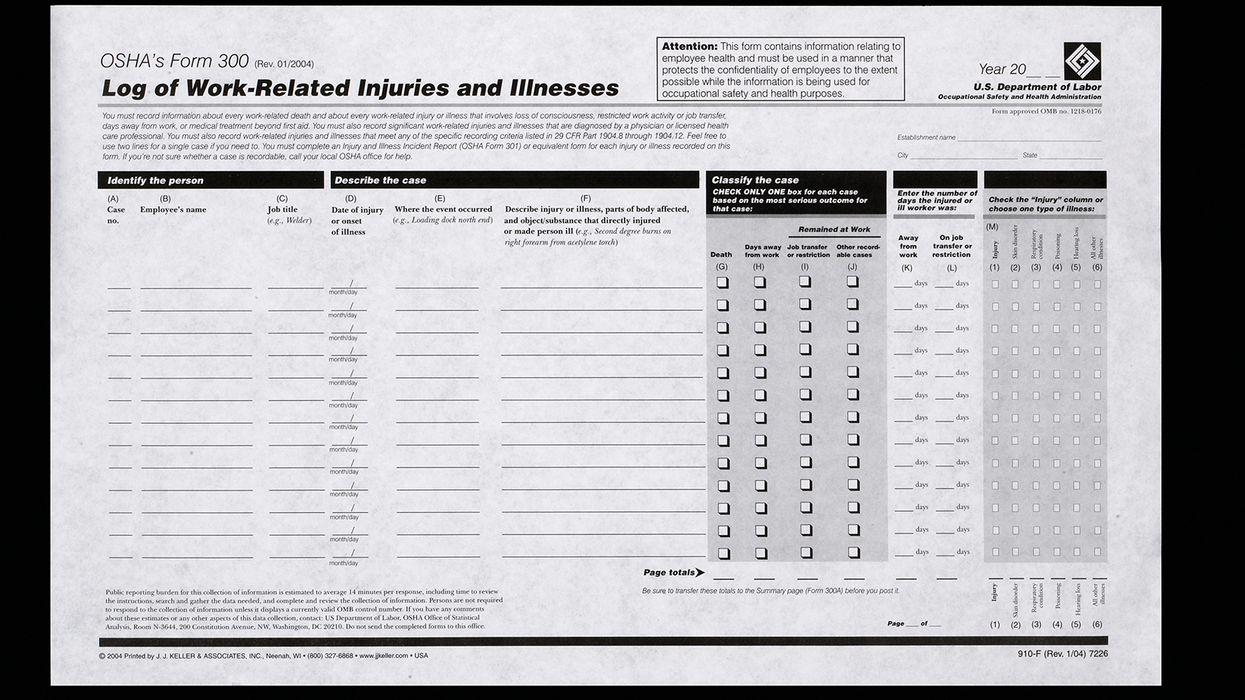Can carriers broker excess demand?
Everyone enjoys hearing “yes” when making a request of another. When it comes to excess demand, for-hire carriers that have broker authority can say “yes” more often than carriers that do not have authority.
For a carrier to say yes to moving a load, they need an available driver and an available vehicle in the operational area of the pick-up location. They also need to consider where the movement is headed. Are there utilization options there once the load is delivered? If any of the four—driver, vehicle, pick-up location, or delivery location—are a “no,” then it is nearly impossible to say “yes” to the customer. But the first issue to address is having the proper authority.
A broker’s primary function is to bring a buyer and seller together. Typically, in transportation, a shipper and a carrier. Brokers don’t transport the property themselves, and don’t assume responsibility for the cargo being transported. Hence, they don’t directly engage with it. Obtaining Broker Authority
Obtaining broker authority
An existing for-hire carrier that wants broker authority added needs to complete an OP-1 form to obtain additional authority. There is a $300.00 non-refundable fee charged during the application process. It usually takes between four and six weeks for the application to be processed. Once approved, the carrier will be issued an additional motor carrier (MC) number designating the brokerage authority.
Financial responsibility requirement
In addition to the financial responsibility requirements of a for-hire carrier, which are generally satisfied by liability insurance, a carrier that desires brokerage authority needs either a $75,000.00 surety bond or a trust fund agreement in the same amount.
Separation of business
A carrier that also offers brokerage must maintain accounts so the revenues and expenses relating to the brokerage portion of its business are segregated from its other activities. Any expenses that are common must be allocated on an equitable basis; however, the company must be prepared to explain the basis for the allocation. A broker is also prohibited from holding themselves out as a carrier. With any agreement with a shipper, it needs to be clear that the movement will be moved by a partnered carrier and the movement is on the actual carrier’s bill of lading.
Additional regulations
While brokers are not directly responsible for the movement or the regulatory compliance of the carrier or driver, there are additional regulations that need to be adhered to. An entire regulatory Part, 49 CFR 371, is dedicated to the responsibility of brokers.
Risk
Since brokers bring a buyer and seller together, they make revenue when a carrier agrees to move the load for less than the rate the broker agreed to with the shipper. However, the reverse can be true as well, in order to satisfy the customer, the broker may agree to pay a carrier more than the agreed shipper’s rate. In addition, while not directly responsible for the compliance of the moving carrier and driver, a broker can be named in civil litigation suits after a serious property damage, injury, or fatal accident.
Key to remember: Having a brokerage division or subsidiary can open additional options for a carrier to generate revenue and say “yes” to customers. The flexibility and opportunity are not without risk, the carrier needs to balance the equation by being fully aware of their responsibilities and fully vetting carriers that will be completing the actual moves.



































































